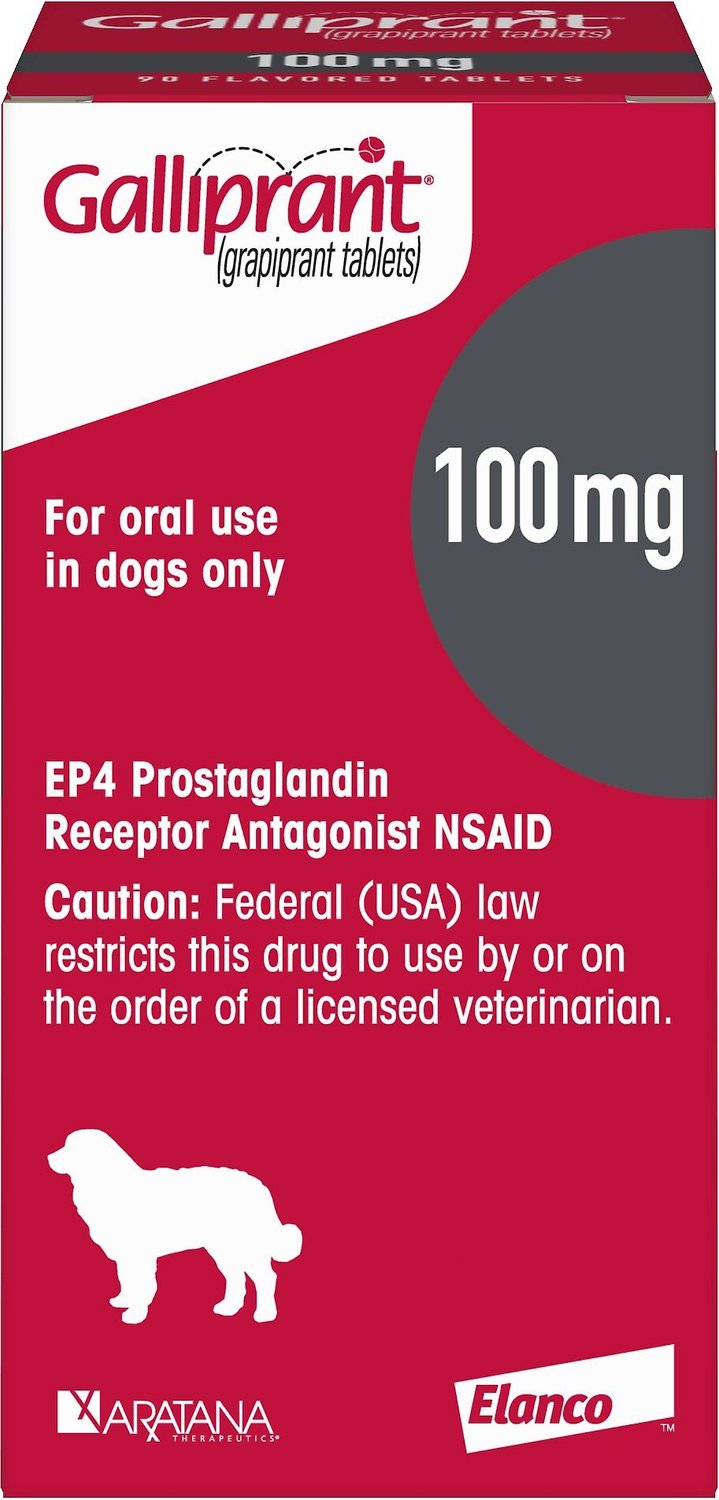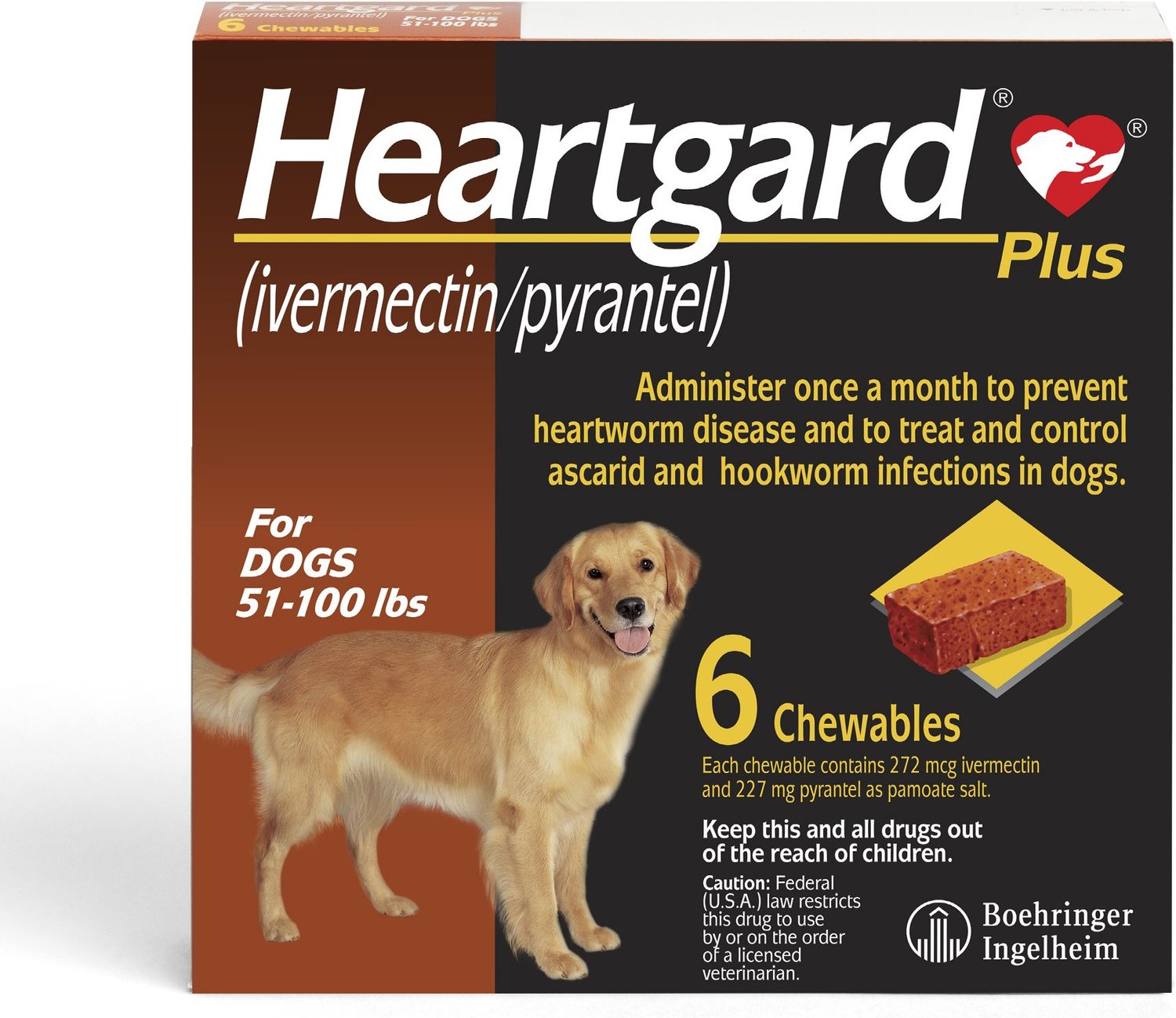FURminator Vacuum Accessory, For Use With deShedding Tools
If you live with pets, you live with pet hair. FURminator professional-grade grooming solutions make the pet owner’s home happier by dramatically reducing loose hair from the undercoat. Our deShedding tools, grooming tools and hair solutions offer a grooming regimen catered to any dog or cat.Make pet hair cleanup fast and easy by using the FURminator Vacuum Accessory with your FURminator deShedding Tool. Simply attach the accessory to your FURminator deShedding Tool using the blue strap, and then attach the hose from your vacuum cleaner. Many hose sizes will attach directly to the vacuum accessory; two attachments are also included in case your vacuum hose is a different size.You can add vacuum power to all FURminator deShedding Tools: This vacuum accessory is compatible with current small, medium and large size FURminator deShedding Tools for dogs or cats. Use short, firm strokes to remove your pet’s loose undercoat. After the edge has accumulated some loose hair, press the FURejector button on the deShedding Tool and watch the hair disappear.Shedding is natural; there’s no way to eliminate it. But you can eliminate the frustration associated with it. Use FURminator pet products for professional-quality, at-home grooming results: Brush daily to detangle and smooth fur; deShed weekly to reduce shed hair; and bathe monthly to promote healthy skin and coat while reducing shedding.






VACUUM POWER: Attach to FURminator deShedding Tools for fast and easy pet hair cleanup.INCLUDES TWO ATTACHMENTS: Use with your vacuum – fits most vacuum brands.COMPATIBLE: Attaches to all small, medium and large sizes of FURminator deShedding Tools for dogs or cats.FAST AND EASY: After the deShedding Tool has accumulated some loose hair, press the FURejector button and watch the hair disappear.PET HAIR CLEANUP: Use FURminator pet products for professional-quality, at-home grooming results.





Reviews
There are no reviews yet.